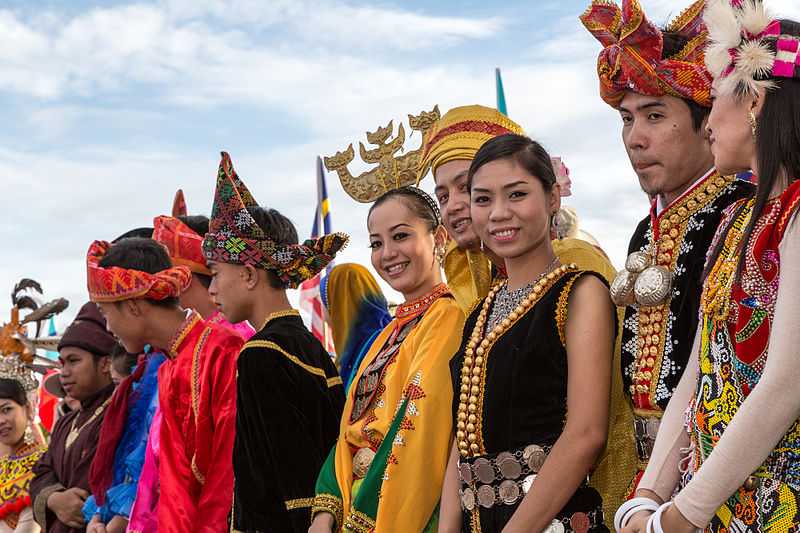
Traditional Clothes of Malaysia Malaysian Cultural Outfits
The only difference from the men's clothing is their samping (tied in a Pahang way) and their way of wearing Tanjak. 8. Selangor. Selangor women's traditional wardrobe is simple yet very classy. They wore the Baju Kebaya Labuh Selangor or The Malay Dress where it's like a normal kebaya, but longer.
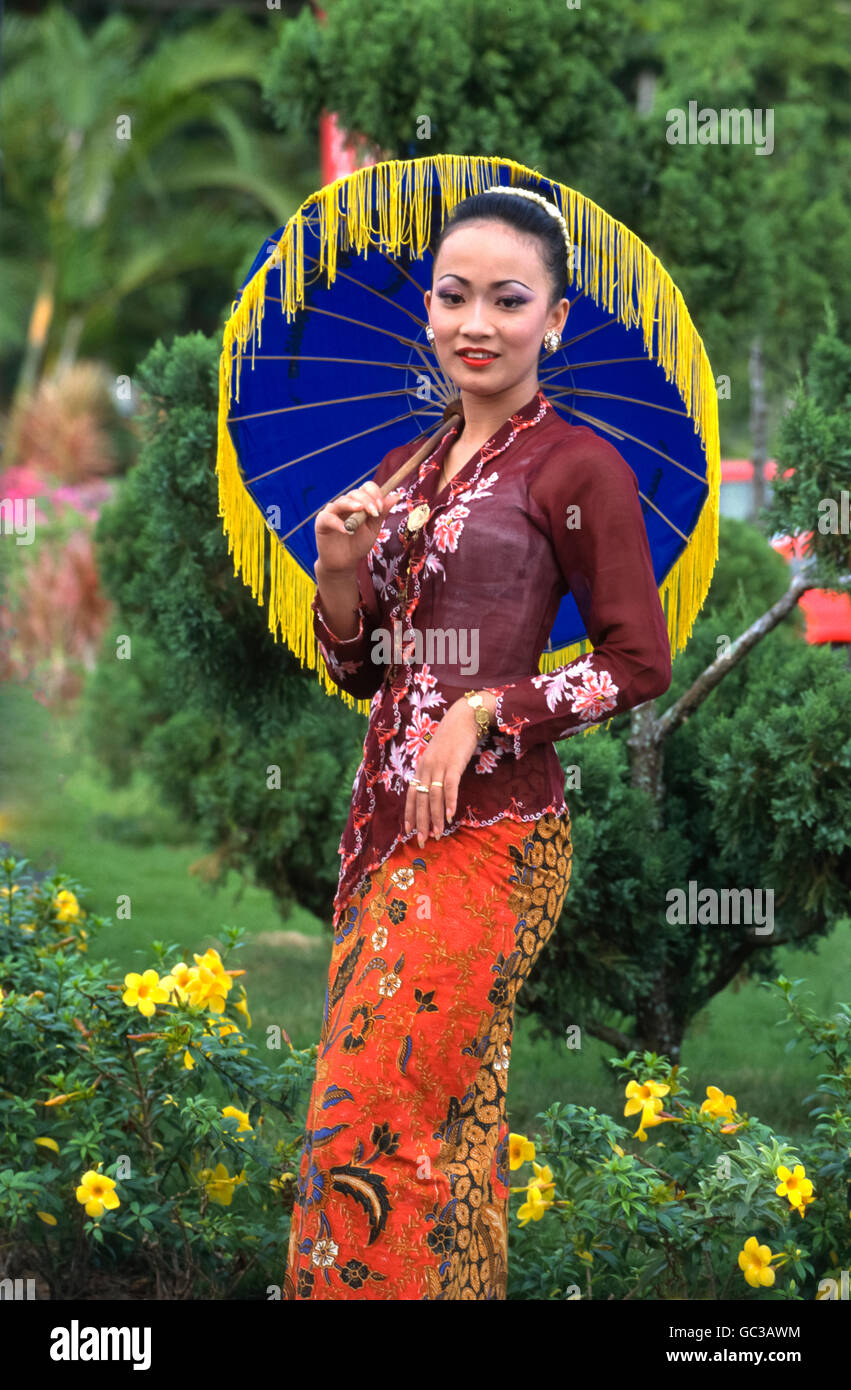
A young Malaysian woman dressed in traditional costume with colorful umbrella Stock Photo Alamy
Since trade between Malaysia and India is relatively simple, Malaysian Indians get a fair share of traditional clothing from their homeland. As a result, in terms of formal attire, Indians in Malaysia have remained true to their heritage. Men in Malaysia wear kurta-pyjamas, dhoti-kurtas, or lungi-kurtas. Kurtas are typically knee-length shirts.
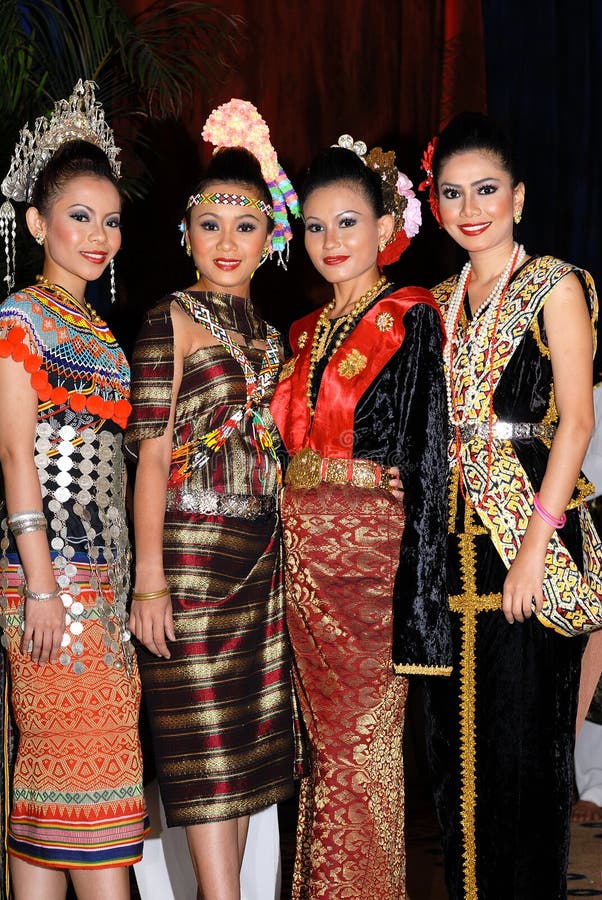
Traditional Costumes Of Malaysia. Editorial Photo Image 27159096
7. Baju Melayu Cekak Musang. The baju melayu cekak musang (pictured above, left) is a timeless design when it comes to traditional Malay clothing for men. You need three main pieces to complete this look: a tailored long-sleeved shirt, a smart pair of trousers, and kain sampin.

Malaysian Traditional Dress Traditional Bride, Traditional Dresses, Traditional Weddings
Baju Kurung ( Jawi: باجو كوروڠ) is a traditional attire of Malays and traditionally worn by women in Brunei, Indonesia, [1] Malaysia, Singapore and southern Thailand. This type of traditional attire is the national dress of Brunei and Malaysia.
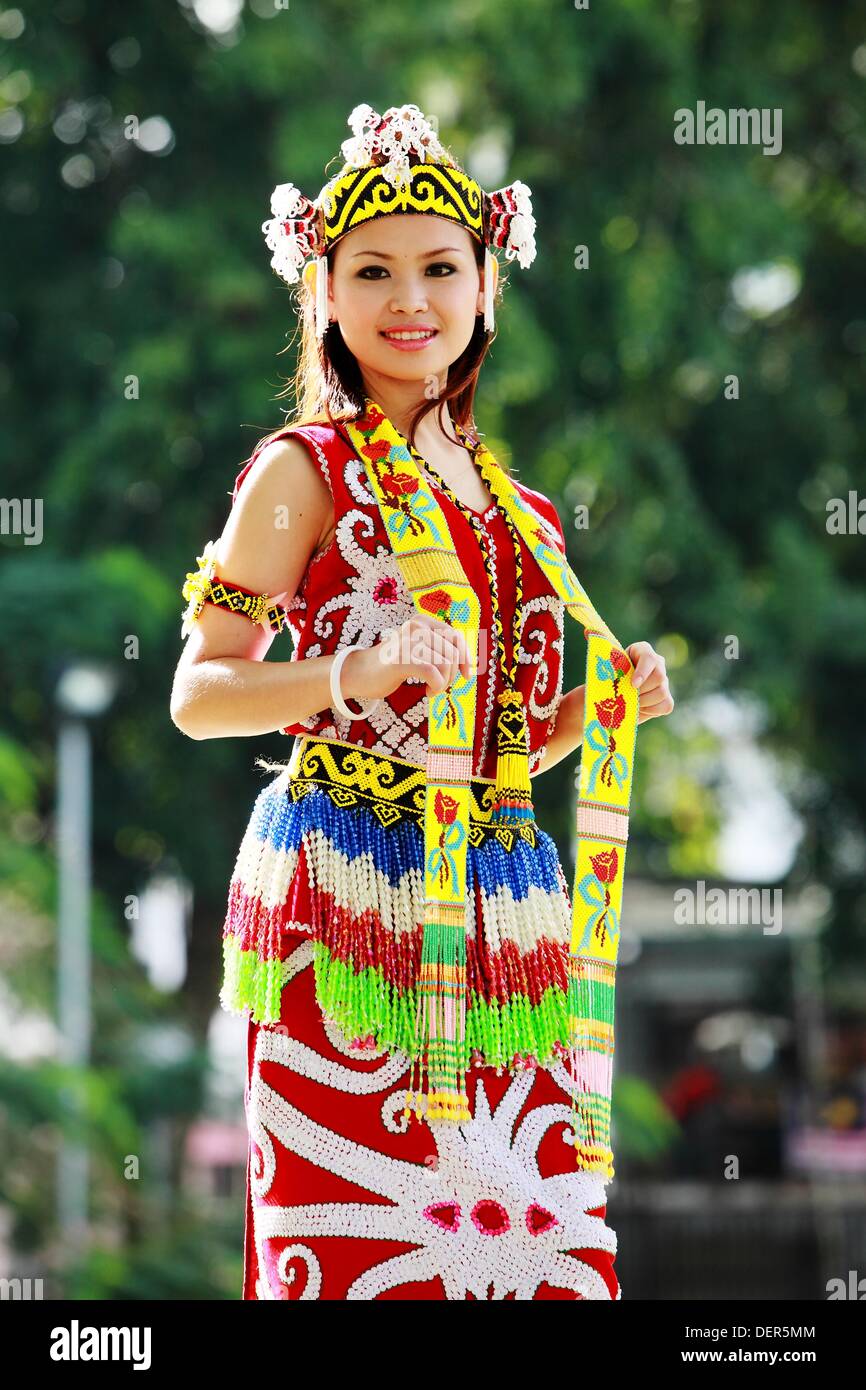
Traditional Entertainment In Malaysia The Malays Form The Majority Of The Population And Have
Men: The traditional attire of Malay men is called baju melayu, which is a loose tunic paired with trousers and a sarong which is known as sampin. Men also wear the traditional hat, called songkok or kopiah with it. Some men prefer wearing batik shirts with trousers.

an image of some people that are dressed up in costume and posing for the camera
Kadazan Portuguese Malaysia is a diverse and multi-ethnic country with a unique blend of cultures, traditions, and customs. With the coexistence of various communities, traditional clothes in Malaysia are abundant, colorful, and unique to each ethnic group. Each group has a unique style, design, and story about its traditional attire.
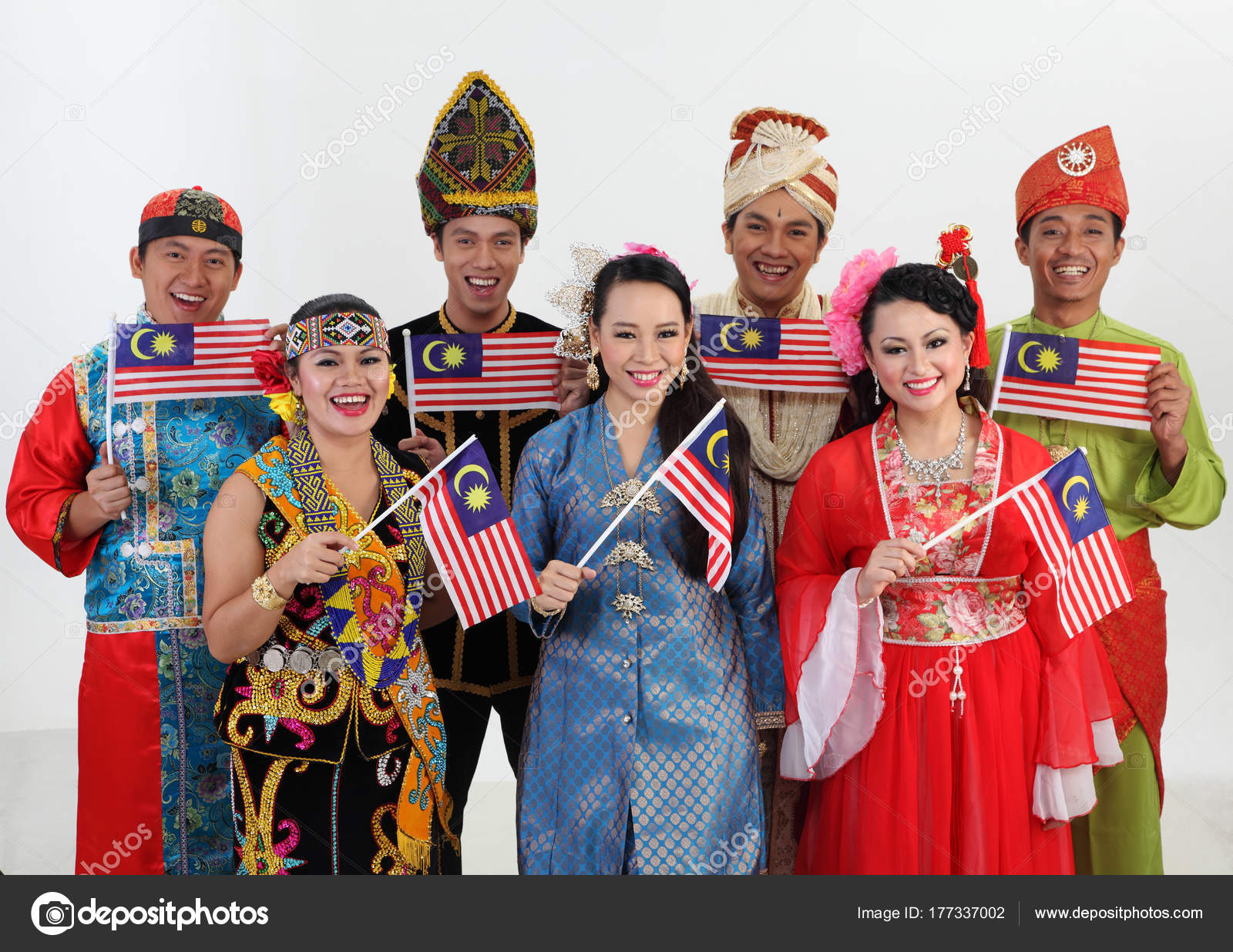
Traditional Malaysian Clothing
Malaysian traditional clothing varies by region. Nevertheless, Malay clothing can be classified according to three distinct periods of history. [2] Early styles Prior to the prevalence of Baju Kurung and Baju Kebaya, it is believed that kemban was the common woman's clothing of the ancient Malay archipelago. [3]

Traditional dress in Sarawak, Malaysia. Sarawak is one of the two Malaysian states on the island
Baju Kurung is a traditional Malay attire that has been a staple in Malaysia for generations. It is a loose-fitting, ankle-length dress worn by women, consisting of a long-sleeved blouse and a long skirt. This traditional dress is worn for various occasions, from casual outings to formal events like weddings and religious celebrations.

Elegance Traditional Beauty [Malay Traditional Clothes]
Indian Traditional Wear The Indian community living in Malaysia has maintained its cultural heritage, particularly in their choice of traditional clothing. Men For men, the traditional dress includes "Kurta-Pyjama," "Dhoti-Kurta," or "Lungi-Kurta." Kurta is typically a knee-length shirt.
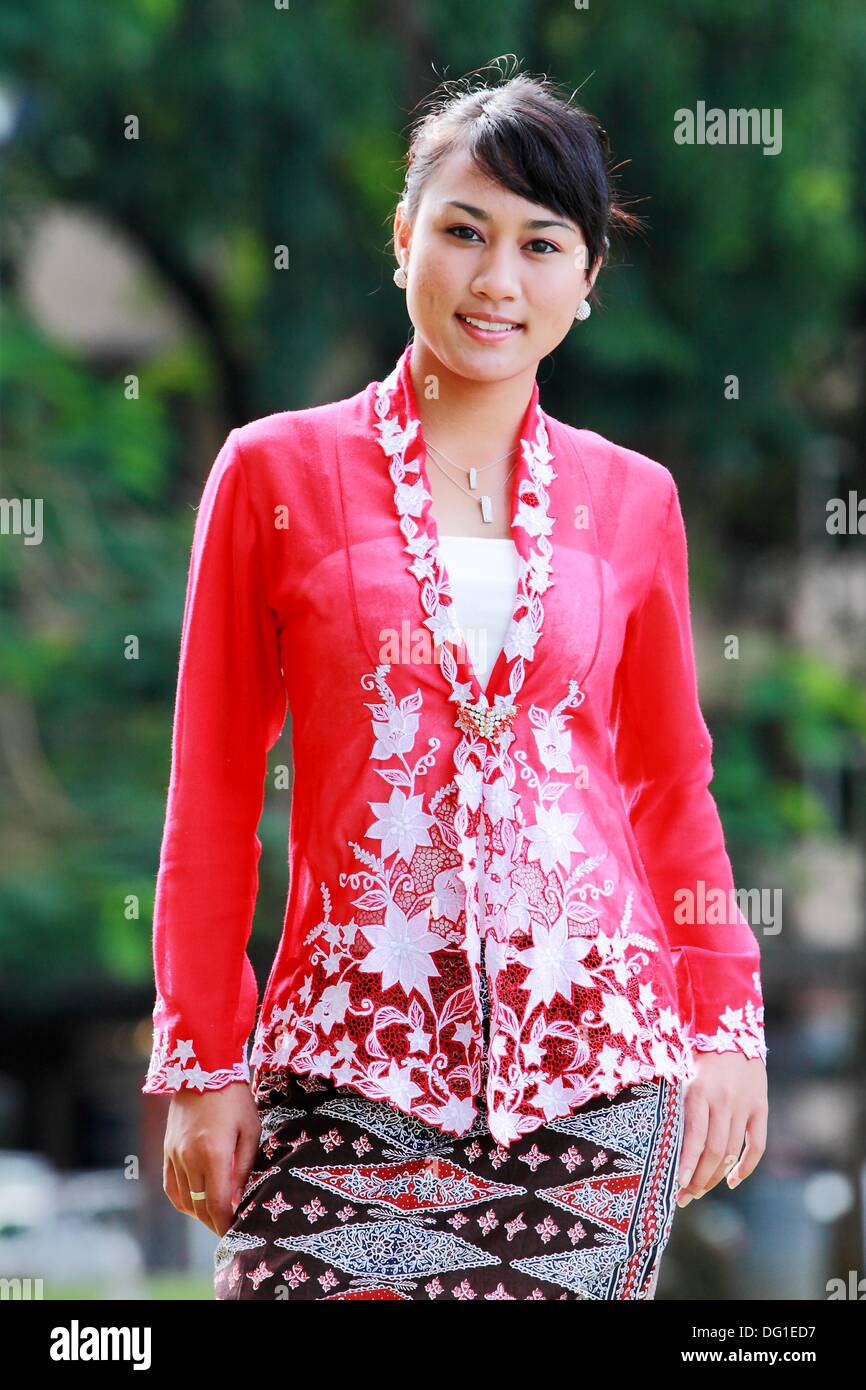
18+ Malay Traditional Costume
Malaysia is a wonderful mix of traditional SE Asian, Indian, and Chinese cultures; the national motto is "Unity From Diversity," and people seem to live this every day.. The different races in Malaysia DO dress like that. Have a walk in shopping malls, you can find plenty of such clothing. Even markets, such as those in the suburbs.
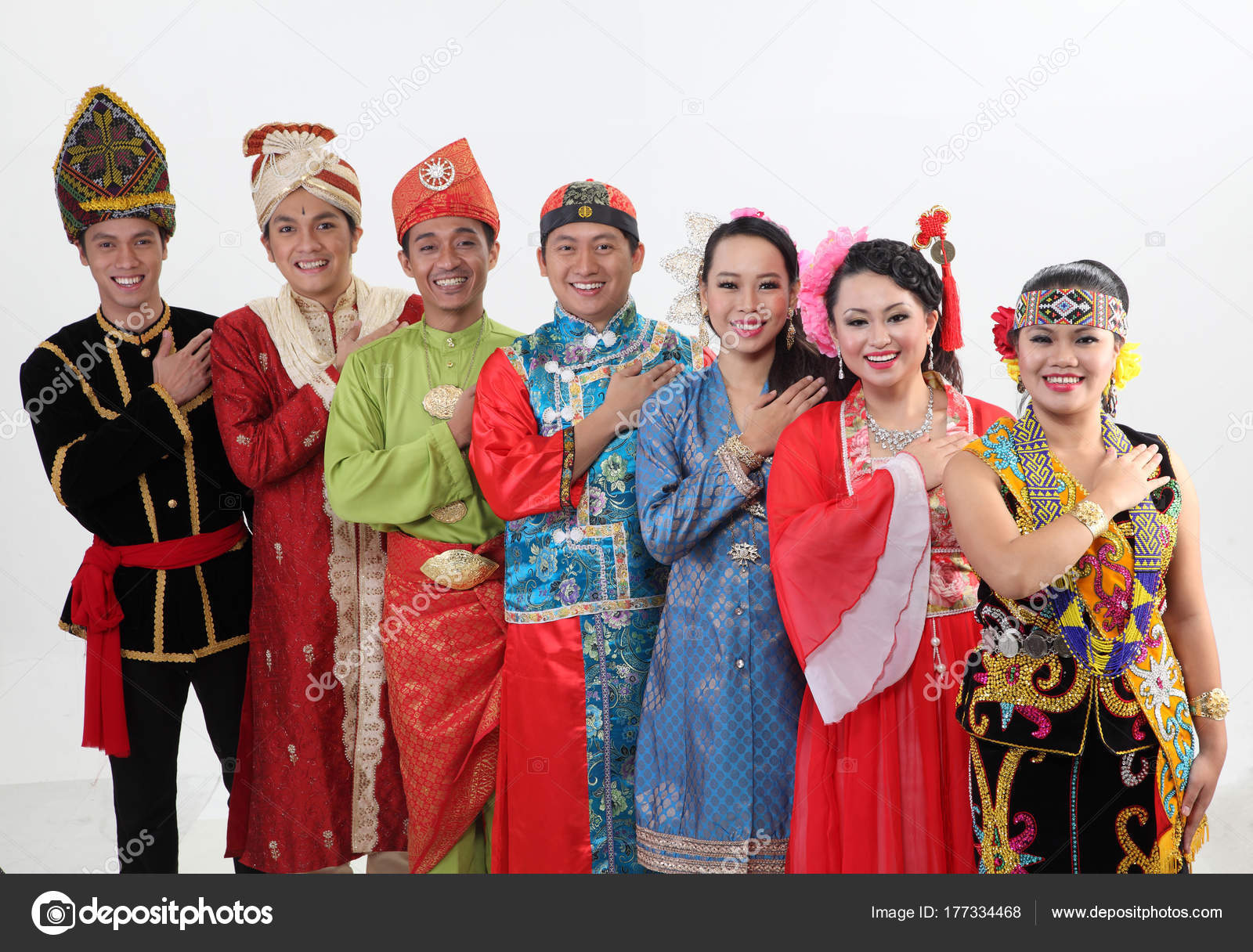
Malasios Con Ropa Tradicional Posando Estudio fotografía de stock © eskaylim 177334468
Tangsi Tujuh Key takeaways: The modest fashion industry, a multi-billion-dollar market, is evolving thanks to modern designers working with Muslim and global customers in mind. Brands like Tangsi Tujuh and Anaabu are adding functionality to traditional garments while staying true to Asian roots.

Traditional Costumes In Malaysia / Clothing of Malaysians Akademi Fantasia Travel The baju
by IIUM EDUCARE | Aug 24, 2021 | Latest News Traditional clothes among Malaysians represent a cultural symbol of a society. In Malaysia There are three dominant cultures such as Malay, Chinese and Indians. Besides that, Malaysia represents a multicultural nation which has their own traditional clothing.

Malaysia Traditional dresses, Traditional outfits, Kebaya
family gathering and eat together - malaysia traditional dress stock pictures, royalty-free photos & images. portrait of couple for hari raya aidilfitri (eid al-fitr) - malaysia traditional dress stock pictures, royalty-free photos & images. doting grandparents tightly embracing their grandson for a picture during eid ul fitr - malaysia.
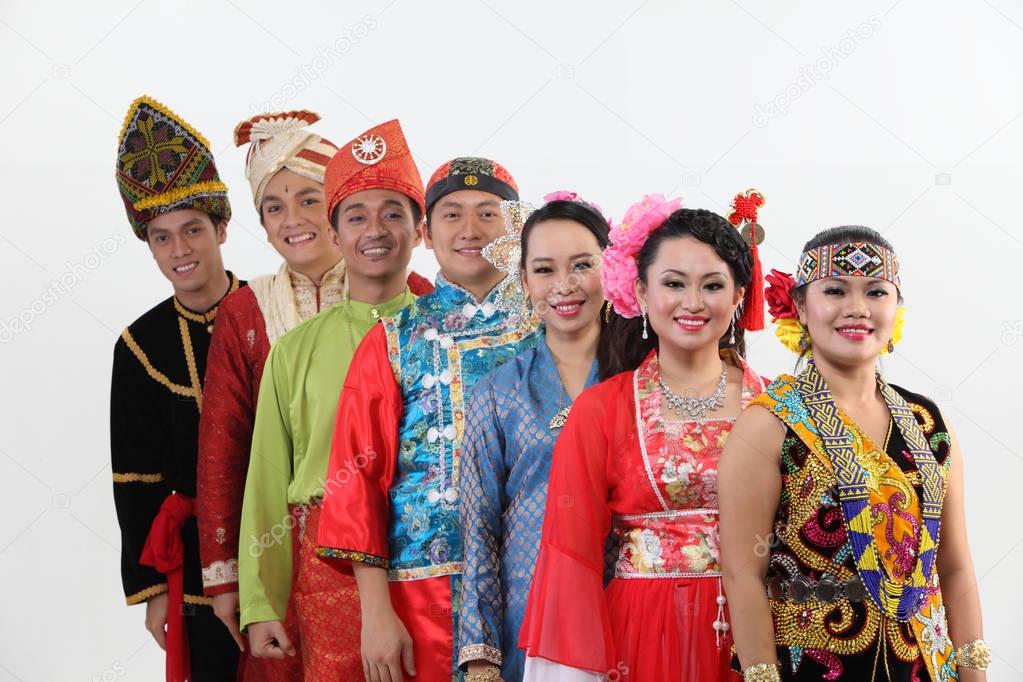
Malaysian Traditional Clothing Nehru Memorial
, August 25, 2022 Traditional Malay Clothing: 3 Popular Styles To Try On There's no better way to convey the distinct identities and storied histories of the Malays than through their colorful, elaborate, and artful classic garments. So here, we'll give you a tour of traditional Malay clothing.
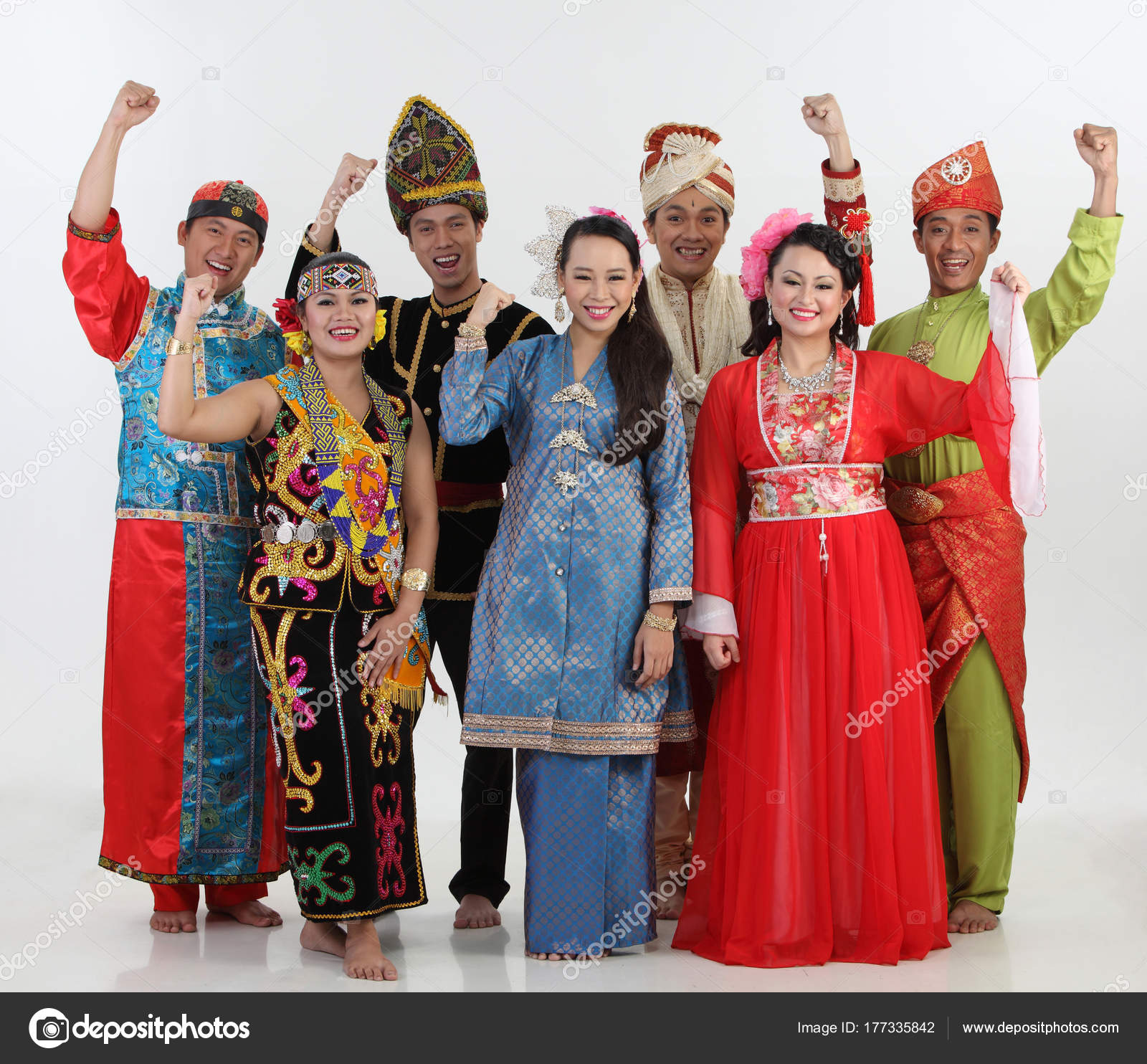
Malaysian People Traditional Clothes Posing Studio Stock Photo by ©eskaylim 177335842
Male traditional clothes Malay men wear a loose tunic, trousers, a sarong wrapped around the hips, and a headdress. The tunic is called "baju melayu". The sarong is called "sampin"; its ends are sewn together. Malay male outfits are usually made from bright-colored cotton or silk.

A Malay girl and two Malay boys dressed in green traditional clothing Ropa de chicas, Ropa
Baju Melayu ( Jawi: باجو ملايو) is a traditional Malay costume for men, originated from the court of Malacca Sultanate and is traditionally worn by men in Brunei, Malaysia, Singapore, parts of Indonesia (especially Sumatra and Kalimantan ), southern Philippines, and southern Thailand.